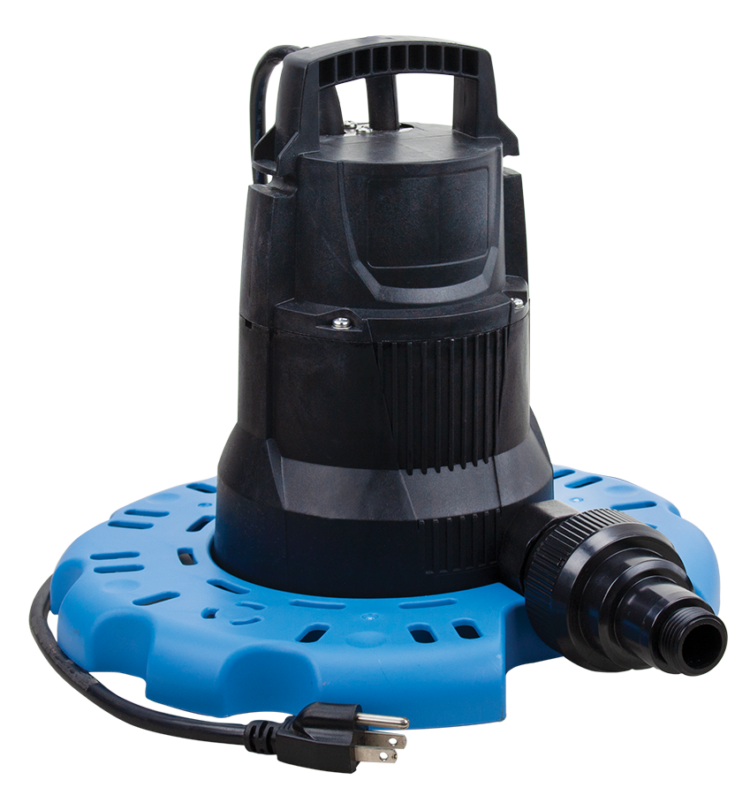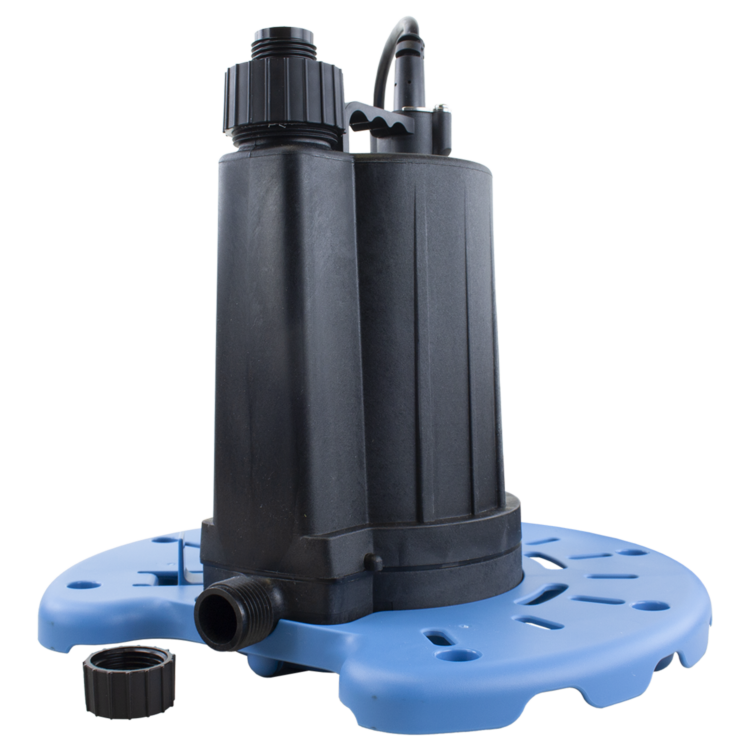Your pool needs a good pump to ensure a proper circulation rate and keep the water clean. In fact, a pool pump is one of the most critical pieces of equipment for your pool.
As a result, you need to do your homework before shopping for a new pool pump. This buyers guide to pool pumps takes you through the key factors you should consider when buying this essential pool tool.
What to Look for When Choosing a Pool Pump
Summer is a time when you and your family relax and cool off in the pool. An investment in a good pool pump is worth the money to ensure you can enjoy your pool during such hot weather. A good pump will help the water stay crystal clear, clean and inviting to your family and guests.
There are several factors to consider before buying a pump for your pool:
1. Pool Size
The size of your pool is an important factor to assess when shopping for a pool pump, as the pump you choose will need to match it. Specifically, measuring the pool’s volume is necessary to help you understand the pool’s flow rate per hour. The flow rate lets you know the amount of water the pump will need to circulate per minute in gallons.
2. Power and Speed
Consider the power and speed of a pool pump before buying it. A pump with a higher horsepower is not always the best choice — you want to choose one that’s powerful enough to circulate the water and clean your pool but isn’t too powerful.
Pumps that are too powerful will not allow proper water filtration to take place. Plus, the extreme power can damage the filters, heaters, fittings and pipes. Check the maximum flow rate of your filter before choosing a pump to ensure it offers the right amount of power.
Different models and types of pool pumps run at different speeds. Single-speed, dual-speed and variable-speed pumps all supply various levels of speed, so keep that factor in mind, too.
3. Energy Rating
Pool pump operation can make up much of the energy necessary to run your pool, so getting an energy-efficient pool pump will help you save on energy costs. Choose pool pumps that can operate efficiently at different speeds. Some pumps can also be programmed to match your pool’s operation, meaning they only turn on when necessary.
4. Noise
Another key consideration when buying a pool pump is its output noise. A loud or noisy pump can be inconvenient for yourself and your neighbors, friends and family. Generally, variable-speed pumps are quieter, while single-speed pool pumps are known to be the noisiest.
Some pool pumps have noise-reduction features such as insulated motor enclosures. Many efficient pool pumps also offer quiet operation, keeping your backyard a peaceful retreat while helping you lower your energy bill.
5. Brand and Reputation

Selecting a high-quality pool pump from a reputable brand is key to getting the most for your money. After all, you want your investment to last.
Be sure to learn more about the brand before you buy so you can make sure they’re experienced and professional. It can also help to check previous customers’ reviews and the seller’s reputation to get an idea of what to expect when buying a specific brand of pool pump. A brand with an extensive history in the business is a good indicator that it sells quality products you can rely on.
Types of Pool Pumps
There are three main types of pool pumps — single-speed, dual-speed and variable. Knowing which one your pool needs can help you narrow the search even further.
Single-Speed Pool Pumps
These pool pumps pump pool water at a single, constant speed. Although they’re inexpensive, they’re not energy efficient because the pumps run at the same speed all the time. If you choose this option, ensure the single-speed pump you select is sufficiently powerful for your pool — there is no option to increase the power.
Single-speed pumps are rated by horsepower, and this rating is one of the important factors you should consider if you’re looking for this type of pump. Some top benefits of this pump type include:
- Powerful motor
- More affordable than variable pumps
- Suitable for most pools
Dual-Speed Pool Pumps
These pumps, also known as two-speed pumps, run at two fixed speeds. They are a step up from single-speed pumps because you can adjust between low and high speeds depending on the specific flow rate you desire. For example, high speeds are ideal for handling pool cleaners.
Two key benefits of this pump include:
- More energy-efficient than single-speed pumps
- More cost-efficient than single-speed pumps
Variable-Speed Pool Pumps
These pool pumps adjust speeds based on the task they’re performing, which allows you to save on energy costs. Variable pumps use a permanent magnet motor and a more efficient engine. The motor is more efficient and creates less noise, vibration and heat than other pool pump types.
A few benefits of this pump style include:
- Improved filtration
- Extended pump life span
- Smart features
- Quiet performance
- Better chemical distribution
- Energy cost savings
Other Pump Categories and Considerations
Pool pumps can also be grouped into two main categories — above-ground and inground pumps. The main difference between these two types of pool pumps is their size, which is based on the type of pool they can work in. Above-ground pumps are smaller because they don’t handle as much water as inground pool pumps. In addition, inground pumps are self-priming, meaning they can work independently.
You may also need other pump equipment, like a pool cover pump. Your pool cover protects your pool from dirt, debris and rain, and you want to keep it as clean as possible to ensure it stays in great shape.
A pool cover pump is used to pump water off your pool’s cover, helping ensure it remains clean and dry. Removing the cover to clean it can be challenging, so using a pool cover pump instead can make the task easier.
Browse Pool Pumps From Star Water Systems Today
Getting the right pool pump for your pool gives you peace of mind that you’ll get the right circulation, resulting in a clean, enjoyable swimming experience for everyone who takes a dip.
Since 1866, Star Water Systems has been innovating high-quality, reliable and durable water pumps that get the job done. We offer a range of water pumps to suit your needs, including pool pumps and pool cover pumps.
Browse our selection today to learn more about our options and find the right pool pump for you. Find a retailer in your area to get the pump you need so you can enjoy your pool all summer long!






